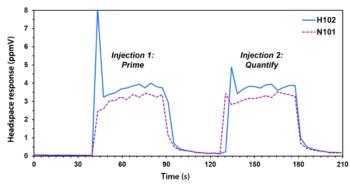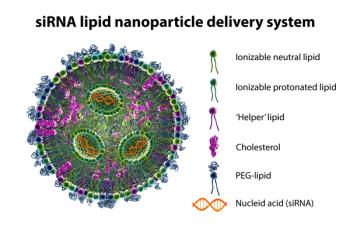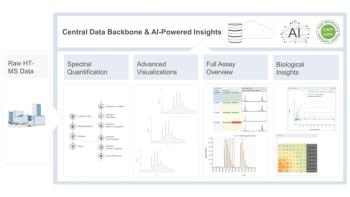
New Method Enables Accurate Analysis of Aminoglycoside Antibiotic Residues in Aquatic Products
Researchers have developed an ultrahigh-pressure liquid chromatography (UHPLC)—tandem mass spectrometry (MS/MS) method for the simultaneous determination of 10 aminoglycoside antibiotics in aquatic products.
A breakthrough method utilizing ultra-high-performance liquid chromatography-tandem mass spectrometry has been developed for the simultaneous determination of 10 different aminoglycoside antibiotics in the edible parts of aquatic products. The study, led by Ll Peipei and published in the Journal of Separation Science, employs multiwalled carbon nanotubes and mixed-mode ion exchange liquid chromatography to achieve accurate and efficient analysis of antibiotic residues (1).
In this method, samples were extracted using a potassium dihydrogen phosphate buffer solution and subsequently adjusted to a neutral pH. A multiwalled carbon nanotubes cartridge was then utilized to extract half of the sample. The target compounds were separated on a mixed-mode ion exchange column and detected using ultra-high-performance liquid chromatography-tandem mass spectrometry with electrospray ionization in the positive mode.
The developed method exhibited excellent linearity, with a squared correlation coefficient greater than 0.999. The limit of detection for neomycin was determined to be 5.0 μg/kg, while the limit of quantification was 10.0 μg/kg. Similarly, hygromycin B and apramycin exhibited detection limits of 2.0 μg/kg and 5.0 μg/kg, respectively, and the remaining seven types of aminoglycosides had detection limits of 1.0 μg/kg and quantification limits of 2.0 μg/kg. The average recoveries ranged from 75.8% to 107.2%, and the intra- and interday reproducibility displayed percentages between 3.8% and 12.5%.
This newly developed method offers several advantages, including rapid analysis, good separation, and sharp peak shapes. It demonstrates high accuracy and precision, making it well-suited for the simultaneous determination of aminoglycoside antibiotics in aquatic products. By reliably detecting and quantifying these antibiotic residues, this technique contributes to ensuring the safety and quality of edible aquatic products in terms of antibiotic contamination.
The research conducted by Ll Peipei and the team presents a valuable tool for regulatory authorities and food safety agencies to monitor and control aminoglycoside antibiotic residues in aquatic products. As antibiotic resistance is a growing concern worldwide, this method plays a crucial role in safeguarding public health and promoting the responsible use of antibiotics in the aquaculture industry.
Further studies and validations are necessary to expand the application of this method to other types of antibiotics and food matrices. Nonetheless, this research represents a significant step forward in developing robust analytical methods for the detection of antibiotic residues, supporting the ongoing efforts to ensure food safety and protect consumer well-being.
Reference
(1) Junlu, B.; Pengfei, H.; Junjie, Z.; Xiaojun, Z.; Yi, F.; Peipei, Ll. Residue analysis of 10 aminoglycoside antibiotics in aquatic products by multiwalled carbon nanotubes combined with mixed-mode ion exchange liquid chromatography-tandem mass spectrometry. J. Sep. Sci. 2023. DOI:
Newsletter
Join the global community of analytical scientists who trust LCGC for insights on the latest techniques, trends, and expert solutions in chromatography.




